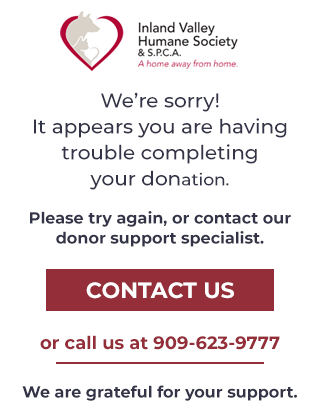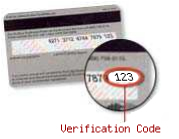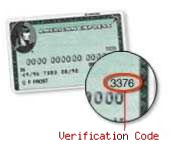|
Chewing is a normal behavior for a puppy. The key is teaching your puppy what is acceptable and what is not acceptable to chew on. Just like when you child proof your home, you need to puppy proof your home as well. It is very important to make sure you do not have any poisonous plants in or around your house; you can consult your veterinarian with any questions. Puppies usually are teething until they are about six months old, chewing helps relieve some of the discomfort. Remember that a well-socialized dog is a happy dog! |
|
|





